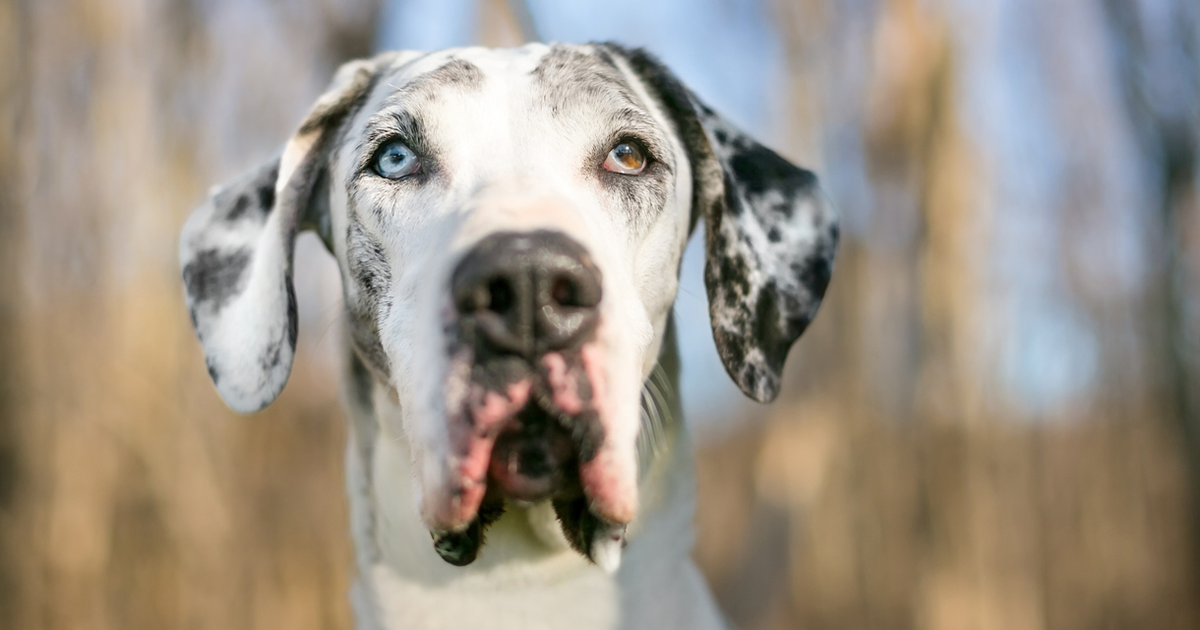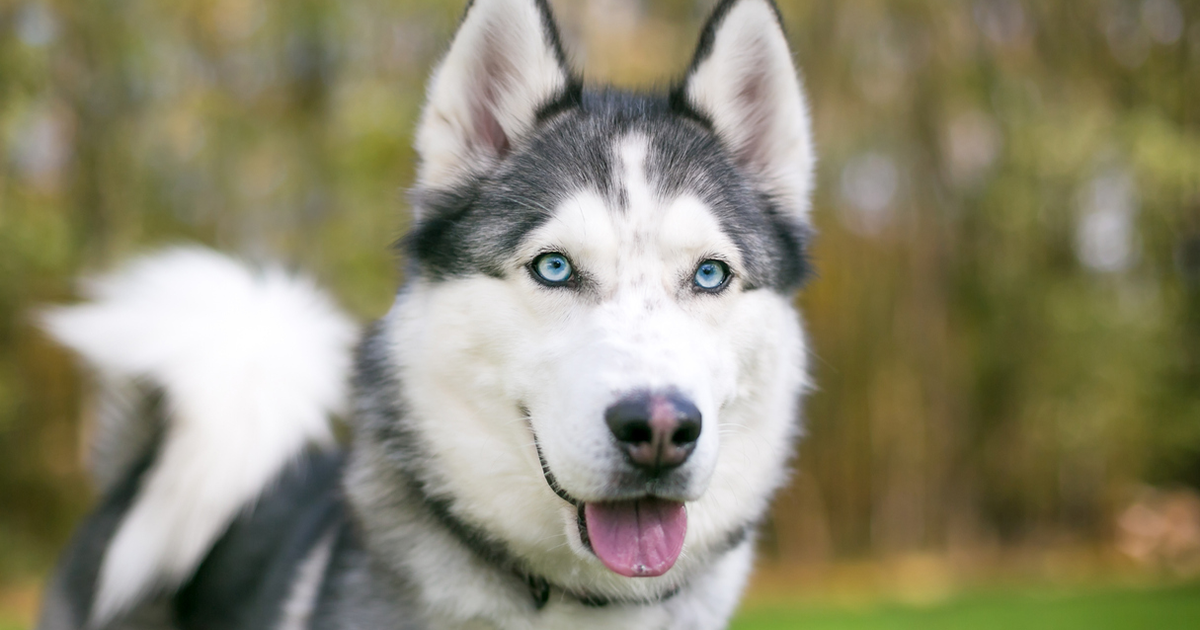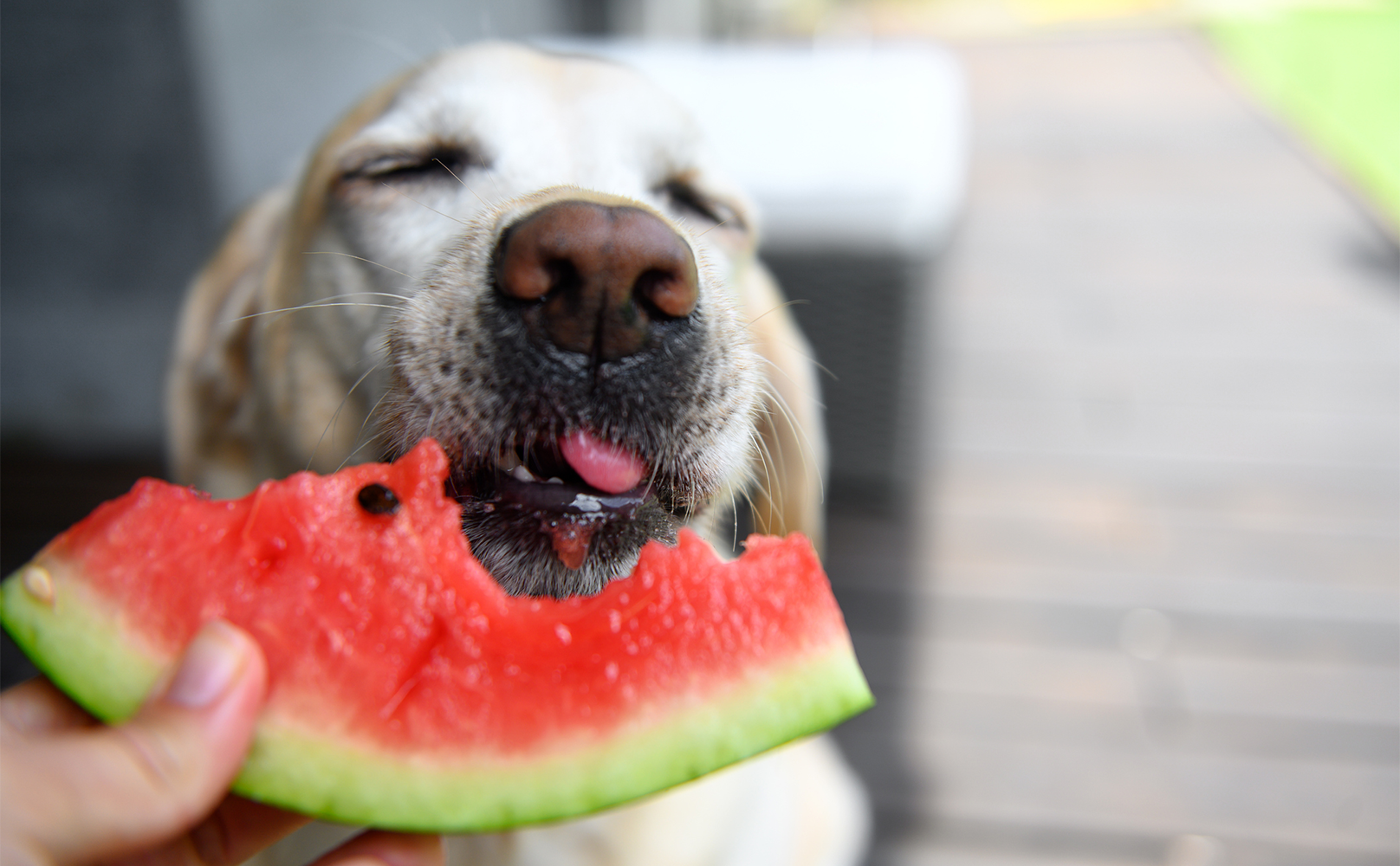As a veterinary geneticist, I’m fascinated by what we can learn about our dogs through DNA testing. You may not realize it, but there’s so much more than meets the eye when it comes to your beloved pet.
Curious about what a dog DNA test can tell you about your pup? Here are 10 revelations, some of which may surprise you:
1. Ancestry and Breed Makeup


There are many reasons that pup parents might be interested in a dog DNA test like a Wisdom Panel™ kit. But curiosity about ancestry is what often drives the decision to buy — especially in the case of rescue dogs or dogs with murky backgrounds. That’s because a test like Wisdom Panel™ can provide answers about your dog’s breed mix and trace their family tree back three generations.
I found my dog Annie (well, she found me) on a running trail near my home. While she looked like a terrier of some sort, her very calm demeanor did not jive with “terrier” in my mind, so I wasn’t going to make any guesses on her breed makeup based on looks alone (I have been fooled too many times!). After confirming she was a stray, we officially adopted her into the family. With a few good meals and some rest, her true personality really came out.
Knowing that identification of a dog’s breed by looks alone is accurate only 25% of the time, I decided to test Annie with a Wisdom Panel™ test. The results confirmed that she was 50% Russell Terrier, but also, much to my surprise, she is 25% Australian Cattle Dog. So Annie is not only a terrier, but also a very high energy and intelligent terrier — not at all what I expected the day I found this cute, CALM dog running down the trail! Needless to say, it has helped us understand her needs and desires better so that we can make her life in our home better.
It can be downright exciting to find out what your best friend is really made of. It may be a complete shock or, in some cases, a satisfying confirmation of what you already thought. And as an added benefit, you finally have an answer when people at the dog park ask what type of dog you have.
But their ancestry isn’t the most valuable information you can glean from a dog DNA test…
2. Potential Health Risks
Did you know that 2% of dogs are carriers of a mutation in the MDR1 gene that can cause serious sensitivities to certain medications? This condition, “multidrug sensitivity,” is found in many mixed-breed dogs and can cause adverse reactions to drugs commonly used in veterinary medicine — including some that are often used for surgeries. Whether your dog carries the MDR1 mutation is vital information to know ahead of any procedures.
As the only licensed commercial provider of the MDR1 screening, the Wisdom Panel™ Essential test can identify whether your pup has multidrug sensitivity — as well as more than 25 other genetic conditions, such as blood clotting and immune deficiency disorders.
Armed with this knowledge, you and your veterinarian will be able to work together on a proactive wellness plan to help mitigate, and in some cases prevent, genetic conditions that could appear down the road. The happiness and health of your canine best friend is of the utmost importance, and these deep insights can go a long way to support your lives together — which should always include a good amount of play.
And that brings us to…
3. Favorite Activity and Playtime Preferences
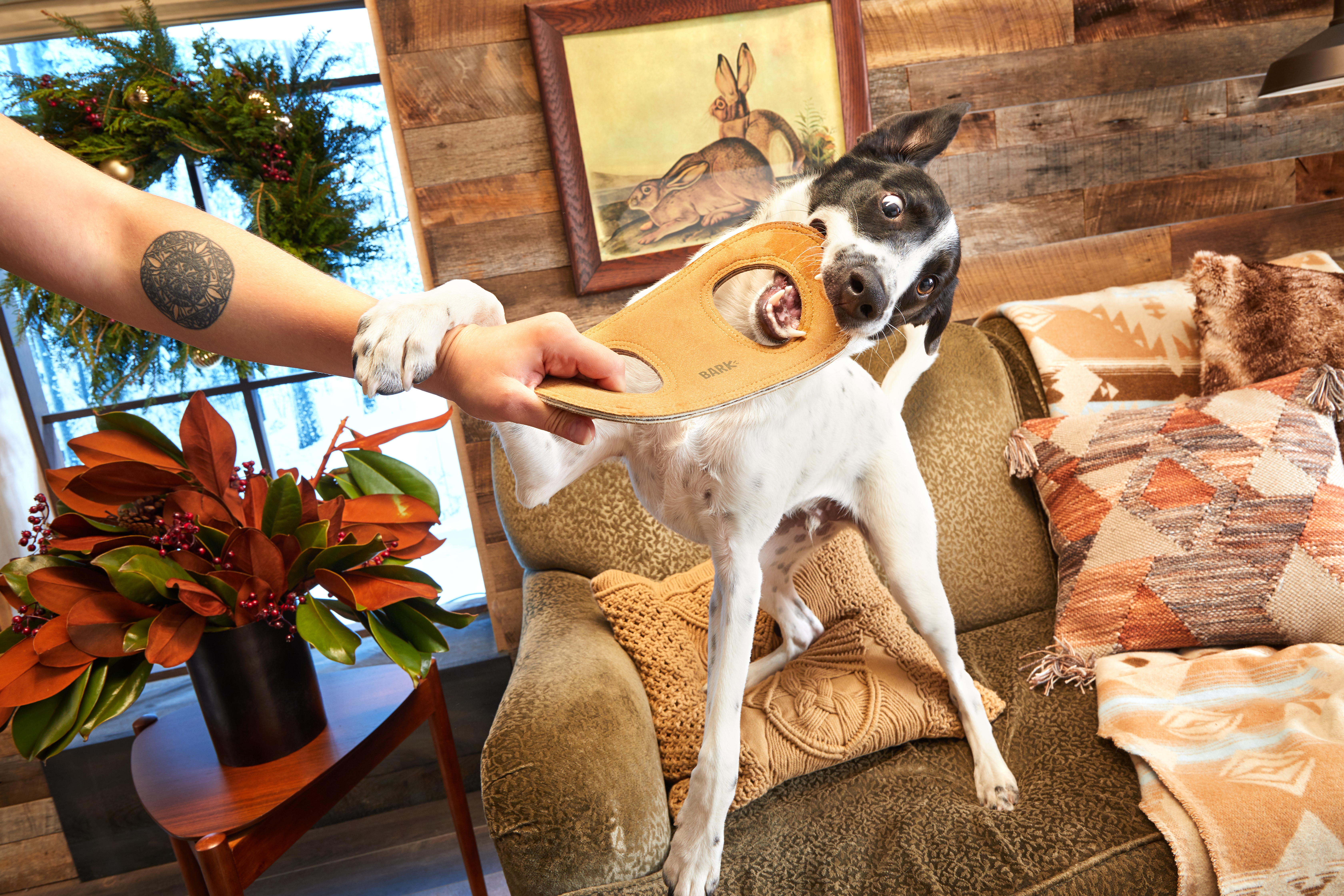

There is no doubt that your dog looks forward to spending time with you above all else (except maybe getting treats). Regular playtime with your pup isn’t only a great way to help them get energy out — it also creates an opportunity for you to bond with each other (which can help relieve your stress).
Knowing your dog’s breed makeup can help you determine what types of play or activities they might really enjoy. For example, high-energy, high-drive breeds like Border Collies and Retrievers will likely LOVE games of fetch and long hikes or runs to get that energy out constructively. Breeds with lower energy levels, like the Shih Tzu and Chihuahua will love a leisurely walk with their people.
But before any type of activity, it’s important to know whether your pup is genetically predisposed to any condition affecting how much they are able to exercise. The Wisdom Panel™ Premium test screens for a condition called EIC, which stands for Exercise Induced Collapse. Nearly 25% of Labrador Retrievers carry at least one copy of the mutation causing EIC. If a dog has two copies of this mutation (about 3% of Labrador Retrievers tested), they are completely normal most of the time.
However, they can have a problem with their muscles during even small amounts of strenuous activity, making them wobbly and uncoordinated. Thankfully, they can typically recover after a period of rest, but it can be life-threatening if they are someplace unsafe when they experience a collapse event. Yet another reason why it’s essential to understand your pup’s predisposition for genetic conditions common in their respective breed or breed(s).
4. Behaviors and Motivations
You may be starting to see a trend here. Your dog’s breed mix determines so much about them. Anyone familiar with dogs knows that breeds have their own unique temperaments. But a dog’s ancestry is also responsible for certain instinctual behaviors.
All dogs were originally bred for a certain job and purpose. Tapping into those natural predispositions, such as herding tendencies, will help you understand your pup’s motivations. Using this understanding, you’ll be able to identify both the activities your best friend will likely enjoy most and what types of obedience training programs your pup might respond to best.
5. Best Toys


Just like certain dogs enjoy particular activities, they may also prefer to play with specific toys based on their breed makeup. Though every dog will have their own preferences, dogs with a strong prey drive, such as Australian Cattle Dogs and Russell Terriers (or mixes of those breeds like my Annie), may prefer squeaker balls like Buddy The Nutty Bunny or Monsieur Acorn.
Herding breeds, including Border Collies and Shelties, and any kind of sporting breeds, such as Golden Retrievers and Standard Poodles, will likely be content to chase after a ball or frisbee, like the Lady Liberty Ball or Comet for hours.
Low-key breeds like Shih Tzus and Maltese might love a plush toy to snuggle with, like Gordon the Giant Sloth or Pete the Frankly Fantastic Unicorn. Or, if you have a pup who has to chew through every toy, a Super Chewer pick like Howler Growler or Stronger Streams Salmon may be their new favorite.
As a subscription toy service, BarkBox can help you try a number of different types of toys to find out your pup’s favorites. They may surprise you!
6. Love Languages
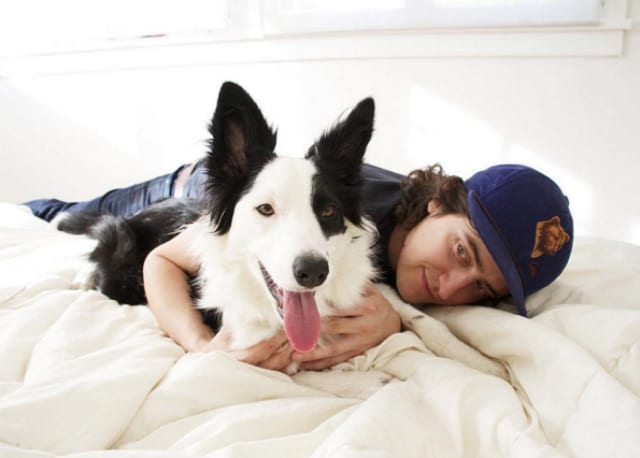

Is there anything better than getting some much-needed love from your pup at the end of a long day? Whether your best friend is a tail-wagger or a leaner, dogs truly have their own love language.
Dogs may show their love by wagging their tails (often with a smile on their face), licking you (a sign of affection from their ancestor, the wolf) to let you know that they love you, or following you — their pack leader — around to show loyalty. Similarly, they may lean or sit on you, whether curling up on your lap or leaning against your leg, and will show their love with playtime, like a game of fetch, chase, or play wrestling.
Not surprisingly, your dog’s ancestry is a key factor influencing your dog’s love language because they were bred for a specific job or purpose. Sporting dogs like the Labrador Retriever were bred to work closely with hunters, so they’ve learned to read your moods and anticipate your needs. Whereas, some of the breeds intended to guard the family like the Akita and Chow Chow will likely show their affection from afar keeping watch over their “pack” — so let them come to you to initiate closer contact.
7. Ideal Weight and Predicted Size
Did someone say “treat”? A gene called POMC has made news in human medicine lately, but we’re also seeing a link to a mutation in this gene and a behavior that researchers call “greediness” in some dog breeds. This mutation causes the dogs to be more food-motivated, which is great if you are trying to train a dog but also means that they don’t really know when to stop eating and thus may be predisposed to being overweight or obese. If your dog has this POMC mutation, it’s great information for you to have so you can help manage their weight.
If you adopted your dog as a puppy, it could be helpful to know how big they will grow! Using the Wisdom Panel™ test, you’ll get an ideal weight range and size for your dog. Though there may be some variation, understanding your dog’s adult weight range will help you and your veterinarian make informed decisions about their nutritional needs.
8. Nutritional Needs


You might not be surprised to find out that different breeds have unique nutritional requirements. So knowing early that your dog is a purebred or a large portion of one breed, can be helpful in picking out a diet for that breed’s specific needs.
But there are size-specific foods, too. For example, puppies expected to weigh over 100 pounds when fully grown will need a puppy-specific food designed for exponential growth. Same with a toy breed or smaller dog — that’s why understanding your pup’s size and breed matters!
9. Traits and Coat Colors
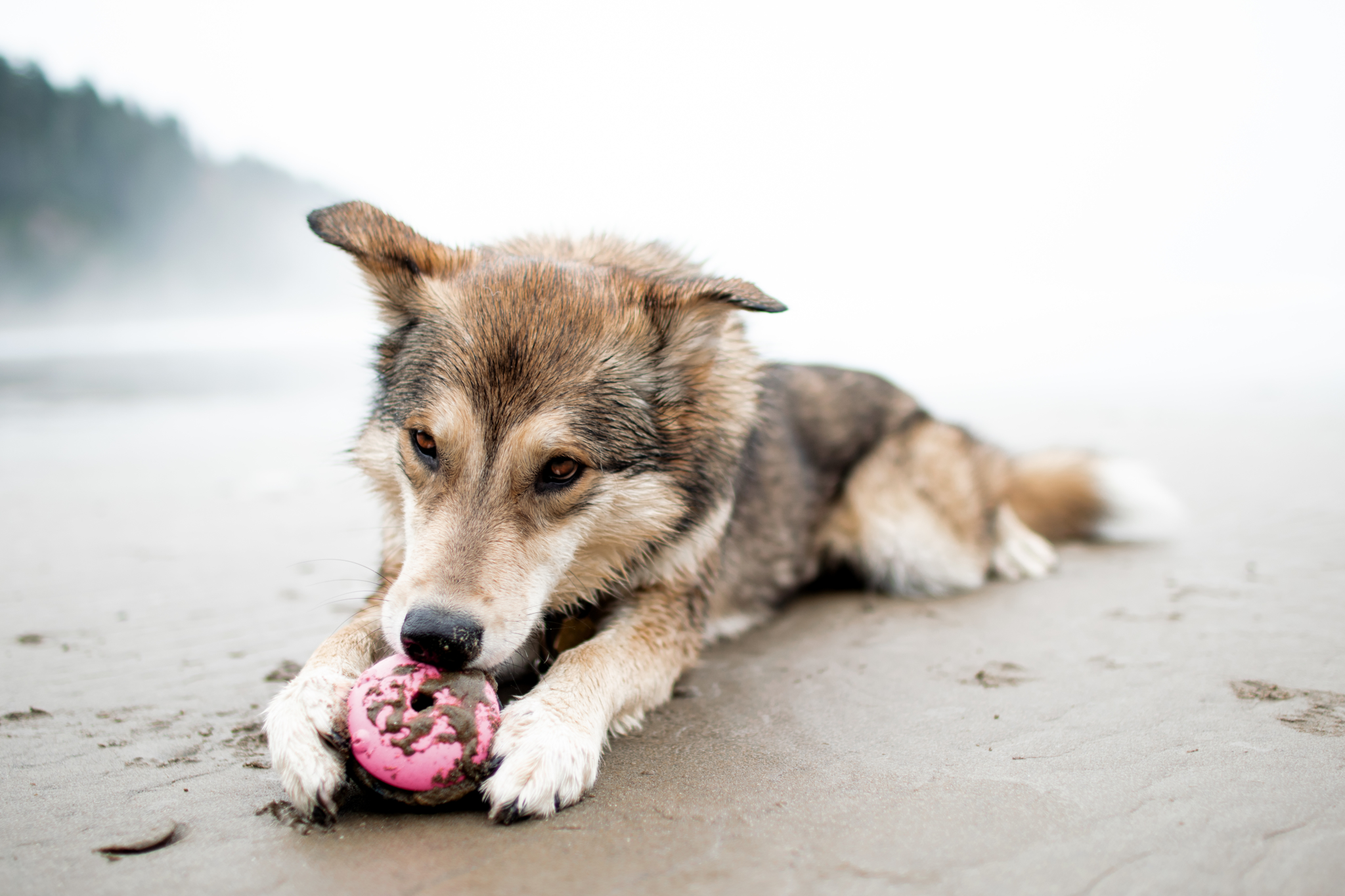

Do you find yourself asking what makes your dog the most beautiful pup you’ve ever laid eyes on? Well, thank their genes! By interpreting the genetic code in your dog’s DNA, the Wisdom Panel™ test’s algorithm can identify your dog’s traits, including their ear position, and the length of their tail and legs.
And what determines a dog’s coat color anyway? In partnership with Purdue University, we published a study late in 2019 about the hidden coat colors and traits found in dogs. Looking at nearly 12,000 purebred dogs from 212 breeds (the most comprehensive study of dog traits ever!), we found that many breeds naturally carry unexpected coat color genes and physical traits — like the recessive black coat color and the bobtail trait — and uncovered previously hidden relationships between breeds.
10. Personality


Knowing that your dog’s breed influences so much, you may be wondering how much it affects your dog’s personality? Dogs are individuals and have their own unique personalities that make us laugh, smile and, sometimes, go a little bit crazy.
One of the most common comments we hear from people when they get their pup’s Wisdom Panel™ results back is, “Wow! I always wondered where her tendency to [insert behavior here] came from. Now that I see her ancestry, it totally makes sense!”
A Wisdom Panel™ dog DNA test can help you better understand the traits influenced by ancestry that you — and the shelter — weren’t aware of. Most importantly, a deeper understanding of your best friend can help you care smarter and love longer.
Dr. Angela Hughes, DVM, PhD serves as Global Science Advocacy Senior Manager at Mars Petcare. She is a trained veterinary geneticist and is also involved in several canine and feline genetics studies. Dr. Hughes received her veterinary degree and PhD in genetics from the University of California, Davis. Following completion of a three-year veterinary genetics residency, Dr. Hughes held an associate clinical professor position at the UC Davis Veterinary Medical Teaching Hospital. She has been featured on NPR, in PEOPLE Magazine, and many other outlets, as well as publishing research in multiple academic publications such as the Journal of the American Veterinary Medical Association, PLOS One, and PLOS Genetics.



